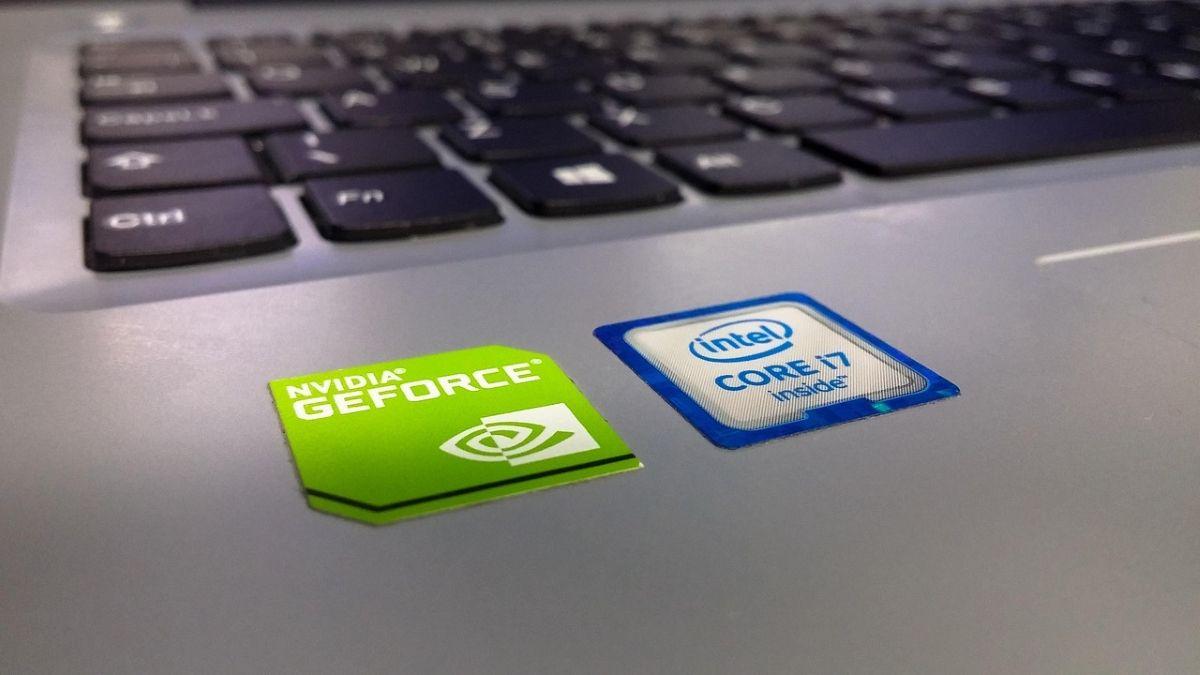Nvidia Faces $320B Market-Cap Swing as Options Bets Mount
By Tredu.com • 11/18/2025
Tredu

What the options market is signaling
Options pricing implies Nvidia could experience about a $320 billion market-cap swing around its earnings release, according to the latest pre-print positioning tallies. This would eclipse most prior single-day moves for mega caps and underscores how concentrated interest has become in the AI cycle’s bellwether. Dealers point to rich premiums and heavy open interest in near-dated calls and puts that bracket widely watched strikes.
How the implied move is calculated
The figure comes from the straddle implied move, derived by summing the at-the-money call and put premiums for the first expiry after earnings, then normalizing for market cap. The method does not predict direction; it frames an expected magnitude. With spreads tight into the event, modest order-book imbalances can produce outsized prints if guidance or supply cues surprise. Reuters’ options roundups flagged this setup explicitly for Nvidia.
Why this print matters beyond one day
A swing of this size would ripple through indexes, ETF hedges, and peer semis. Nvidia sits at the nexus of AI infrastructure, so any deviation in shipment timing, gross margin, or networking attach can shift views on the broader capex cycle. The Nvidia Faces $320B Market-Cap Swing as Options Bets Mount framing captures the potential for a post-earnings gap that re-prices not only the name but also supplier and customer baskets that key off its orders.
What could drive the upside case
Bulls will look for three messages. First, confirmation that Blackwell and Rubin ramps are tracking to plan, with firm lead-time commentary. Second, evidence that hyperscaler demand has broadened beyond initial anchor programs into multi-region deployments. Third, signs that software and networking mixes are lifting margin dollars, not just revenue. Clean delivery on those points can force short gamma hedging, amplifying an upside break as market makers chase deltas.
What could trigger the downside
On the other side, any signal of staggered deliveries, back-half weighted ramps, or caution from top customers could tighten multiples. If supply chain costs or power constraints pinch near-term capacity, the market may assume slower recognition, which tends to unlock dealer hedges to the downside and widen spreads. Liquidity often thins right after the print, so small sell imbalances can travel farther than models assume.
Context from prior implied-move episodes
Implied swings of this scale are rare but not unprecedented for Nvidia. Earlier in the cycle, options markets priced a $260 billion move around a print when AI enthusiasm and positioning were already elevated; realized moves then came in smaller but still meaningful. The current setup is larger, which reflects both a higher market value and a broader set of macro and supply variables in play.
Hyperscaler capex is the fulcrum
The street will parse any commentary on 2026–2027 purchase commitments from cloud majors. Analyst work in recent months has tied multi-hundred-billion AI build plans to Nvidia’s datacenter roadmap; the durability and phasing of those budgets anchor revenue visibility. If customers reaffirm multi-year allocations, it narrows the distribution of outcomes. If they pivot to digestion, it widens it.
Microstructure: strikes, hedging, and flows
Open interest clusters around round-number strikes that align with dealer inventory. If the post-print move jumps beyond those clusters, hedging can accelerate the tape as dealers rebalance. That is why realized volatility often overshoots implied on event days, then compresses as positions decay. Watch for early signs in the first thirty minutes: spread behavior in deep weeklies, quote depth on the top two strikes, and whether single-stock ETFs mirror the cash tape or lag.
What to watch inside the numbers
Investors will focus on datacenter revenue growth, networking capacity, and any commentary on power access for new halls. Pricing mix in GB200 NVL systems, software attach in enterprise AI suites, and advance purchase obligations will feed margin models. Capital intensity remains under scrutiny; a path to scale with stable gross margin dollars per compute rack typically supports the premium multiple.
Read-through to peers and the tape
A topside surprise often lifts suppliers in optics, substrates, and accelerator components; a miss can pressure that group and rotate flows toward compute-agnostic names. Index futures can echo the first move given Nvidia’s weight, so equity desks pair single-name hedges with index overlays to manage gap risk. If realized volatility is below the implied straddle by the close, short-vol strategies may re-engage into day two.
Risk factors outside the print
Macro can still swamp micro. Rate repricing, dollar strength, or abrupt risk-off shocks can skew flows regardless of fundamentals. Policy noise around export controls or tariffs can change order timing. Power availability for data centers, a non-financial variable, remains a gating factor for deliveries in several regions.
Bottom line
Options pricing implies an about $320 billion swing in Nvidia’s market value around earnings. The setup is a function of concentrated interest, heavy near-dated positioning, and sensitivity to hyperscaler capex. Direction will hinge on ramp timing, margin mix, and demand breadth. For investors, size positions so that either path, up or down, remains within plan.

How to Trade Like a Pro
Unlock the secrets of professional trading with our comprehensive guide. Discover proven strategies, risk management techniques, and market insights that will help you navigate the financial markets confidently and successfully.


